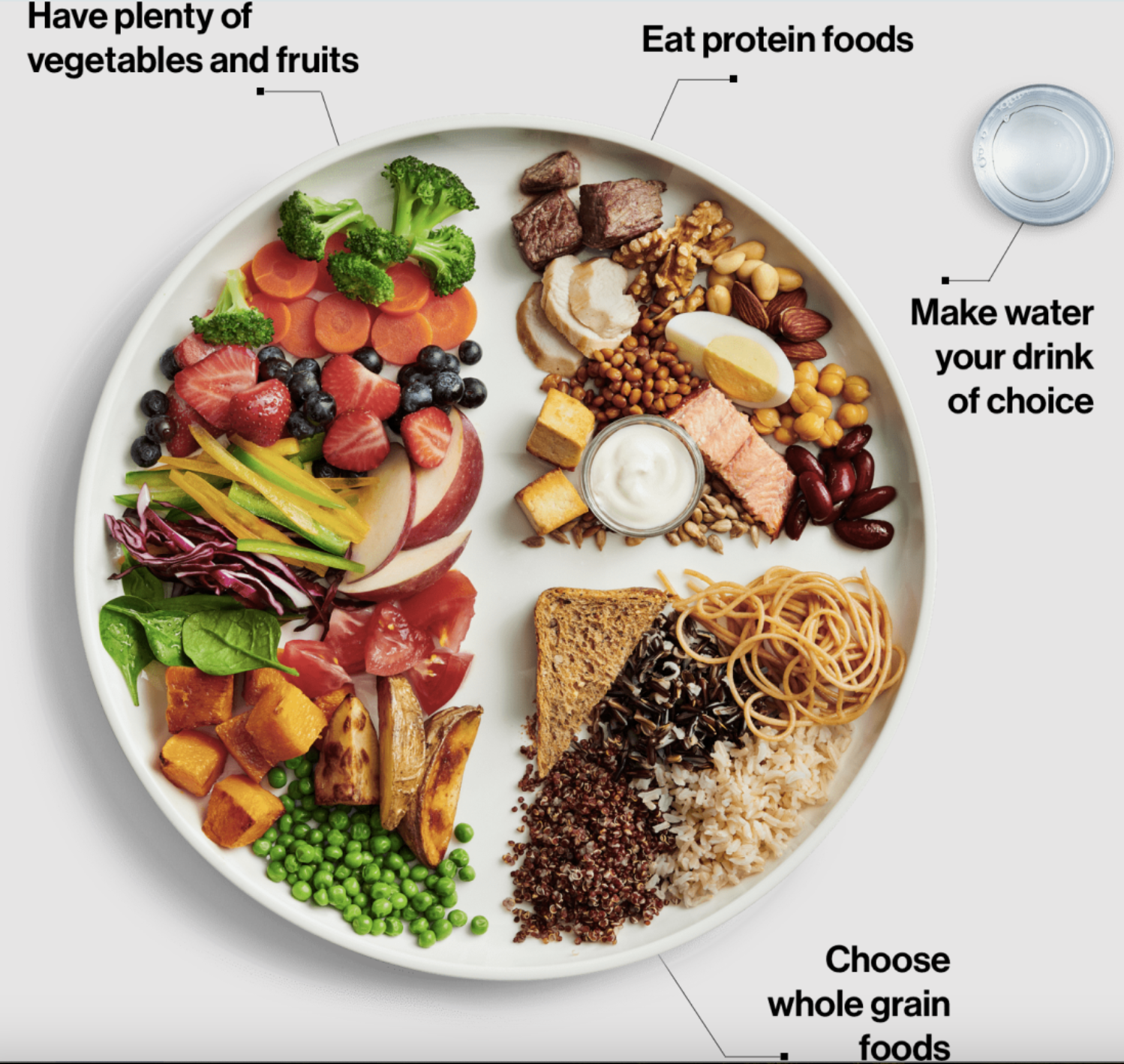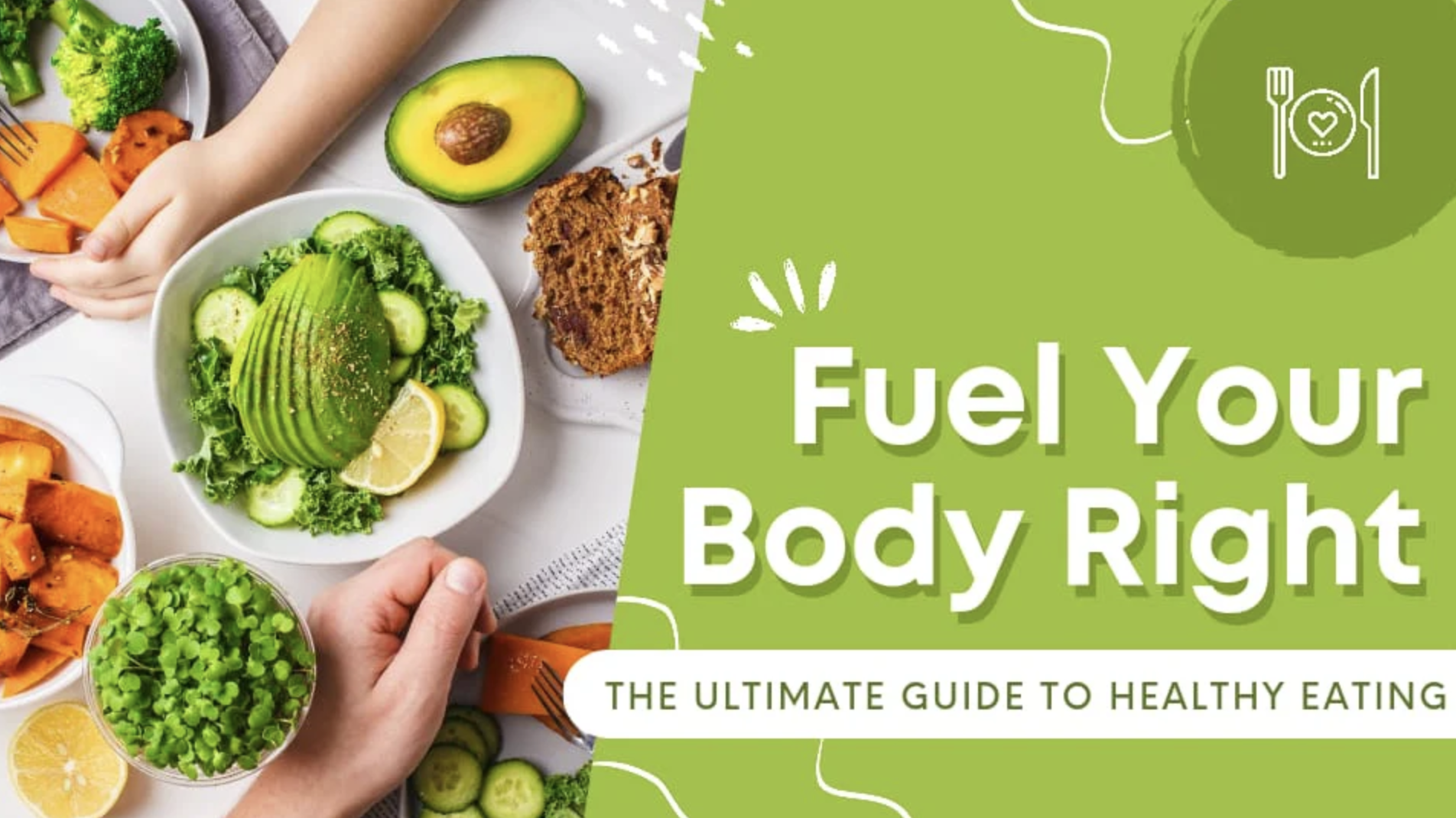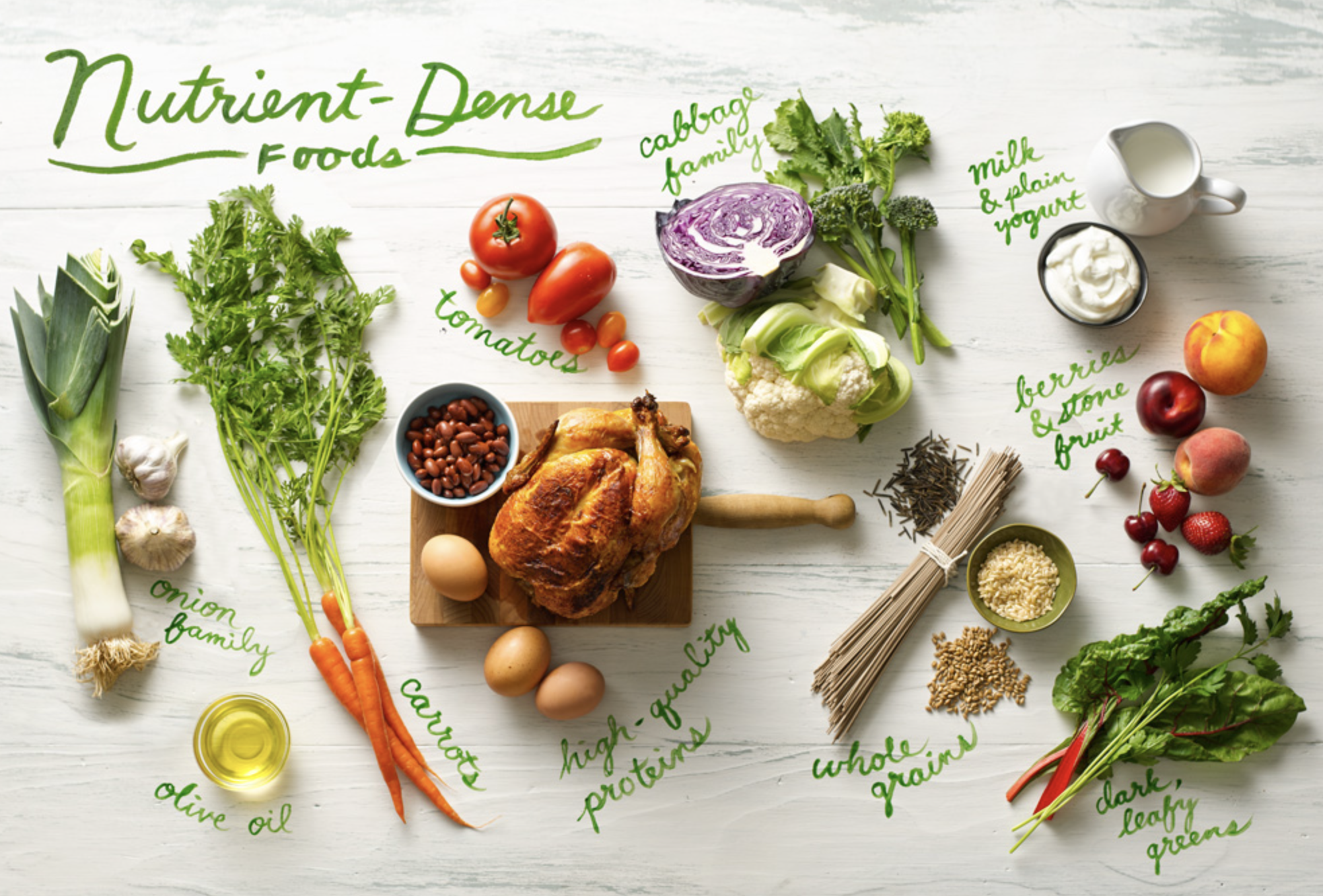The Ultimate Guide To Healthy Eating
Embark on an exciting journey of exploration with our Ultimate Guide to Healthy Eating! This guide is your treasure map to a world of vibrant health and vitality. Prepare to be amazed, enlightened, and tantalized. Read on, the adventure awaits!

Understanding the Basics of Balanced Nutrition
At the core of a healthy diet is the concept of balanced nutrition, which revolves around integrating a wide range of foods from each food group into your daily meals. This comprehensive approach ensures your body receives the diverse nutrients it needs for optimal function. A balanced diet is characterized by a rich assortment of fruits, vegetables, whole grains, lean proteins, and healthy fats. It's not just about the quantity of food you consume, but the quality and variety, ensuring each meal contributes to your health. Fruits and vegetables add vital vitamins and minerals, whole grains provide sustained energy through complex carbohydrates, lean proteins are essential for muscle repair and growth, and healthy fats support brain health and hormone production. Embracing this diversity in your diet not only meets nutritional needs but also introduces a palette of flavors and textures, making meals enjoyable and satisfying. This strategy of balanced eating supports bodily functions and promotes a state of well-being, illustrating that nourishment is a multifaceted endeavor that extends beyond simple caloric intake.
The Importance of Including a Variety of Foods in Your Diet
Incorporating a diverse range of foods into your diet is crucial for obtaining the full spectrum of nutrients that your body requires to function efficiently. Different foods offer unique benefits; for instance, colorful fruits and vegetables are packed with antioxidants, while lean proteins and whole grains furnish the body with essential amino acids and fiber. The variety ensures that you're not only meeting your nutritional needs but also protecting against diseases by bolstering your immune system. Including a broad selection of food items can also prevent dietary boredom, making it more likely for you to adhere to a healthy eating plan. Diversification in your diet helps in maintaining an interest in healthy eating by constantly introducing new tastes and textures, making the journey towards better health an enjoyable experience. It's about creating a harmonious balance that supports your body's health while delighting your palate.

Simple Meal Planning Tips to Keep You On Track
Meal planning is a powerful tool that simplifies the healthy eating process, especially when time is limited. Start by dedicating a specific day each week to map out your meals, ensuring you incorporate a variety of foods to cover all nutritional bases. Utilize online tools or apps designed for meal planning to streamline the process, making it easier to visualize your weekly food intake. As you create your meal plan, think about ways to use ingredients across multiple meals to maximize efficiency and reduce waste. For example, roasted vegetables can be a side dish one night and a vibrant addition to a salad the next day. Once your plan is set, compile a detailed grocery list to match, sticking to the outer aisles of the grocery store where fresh produce, meats, and whole grains are typically located. This method not only saves time during the week but also reduces the temptation to indulge in unhealthy convenience foods. By having a clear plan and the ingredients you need, you’re more likely to cook nutritious meals at home, keeping your healthy eating goals within reach.

Healthy Snacking Options to Keep You Satisfied
Navigating the world of snacks can often seem daunting for those committed to a healthy diet. Yet, with a thoughtful approach, snacking can actually enhance your nutritional intake rather than detract from it. Opt for snacks that are rich in nutrients and can provide a steady source of energy without the empty calories often found in processed snacks. Fresh fruits and crisp vegetables paired with hummus or a small handful of nuts offer a perfect combination of fiber, protein, and healthy fats, keeping you full and energized between meals. Greek yogurt topped with berries or a slice of whole-grain toast with avocado are also excellent choices that contribute to your daily nutritional goals. Another strategy is to prepare homemade snack options like vegetable chips or fruit and nut bars over the weekend, ensuring you have healthy choices readily available throughout the week. Remember, the key to healthy snacking is not just to curb hunger but to enrich your diet with valuable nutrients that support your overall health journey.
The Role of Hydration in Maintaining a Healthy Diet
Hydration plays a crucial role in ensuring our bodies function at their best. It's about more than just quenching thirst; proper hydration aids in nutrient transport to cells, keeps joints lubricated, and supports digestion. To incorporate hydration into your healthy eating strategy, focus on consuming fluids regularly throughout the day. While water is the best choice for staying hydrated, other sources like herbal teas and fruit-infused waters can also contribute to your daily fluid intake. It's especially important to replace fluids lost during exercise or high temperatures by drinking more than the standard recommendation. Being mindful of your body’s hydration signals, such as feeling thirsty or experiencing dry mouth, can help you maintain adequate fluid intake. Additionally, incorporating water-rich foods like cucumbers, tomatoes, and watermelons into your meals and snacks can boost hydration levels, providing a dual benefit of nutrition and hydration. This multifaceted approach to including a variety of hydrating sources will support your healthy eating endeavors and ensure that your body has the fluid it needs to perform optimally.

Tips for Eating Out Without Compromising Your Health Goals
Dining outside the home presents unique challenges for those committed to a nutritious diet, yet it's entirely feasible to enjoy restaurant meals without straying from your health objectives. Before you go, consider researching the menu online to identify dishes that align with your dietary preferences, making it easier to make a healthy selection in the moment. When ordering, don't hesitate to ask for modifications, such as dressing on the side or steamed vegetables instead of a fried side, to better control the nutritional content of your meal. Additionally, focus on balanced dishes that feature a good mix of vegetables, lean proteins, and whole grains to ensure you're getting a nutrient-dense meal. Be mindful of portion sizes, as many restaurants serve more than the average person needs; consider splitting a dish with a dining companion or asking for half to be boxed up for later. Opt for water or unsweetened beverages to accompany your meal, avoiding unnecessary calories and sugars. By applying these strategies, you can navigate the menu at any dining establishment in a way that supports your healthy eating plan while still enjoying the social and culinary pleasures of eating out.

How to Read and Understand Nutrition Labels Effectively
Navigating the world of nutrition labels is key to making informed decisions about your diet. When examining a product, the first element to look at is the serving size, as this will dictate the caloric and nutrient intake based on the amount you consume. Next, assess the calorie content to understand how it fits into your daily energy requirements. Key nutrients to focus on include dietary fiber, which aids in digestion, and protein, essential for muscle repair and growth. Equally important is to identify the levels of added sugars, sodium, and saturated fats, aiming to choose foods with lower amounts to maintain heart health and reduce the risk of chronic diseases. Vitamins and minerals are also listed, highlighting the food's contribution to your daily nutrient needs. Understanding these elements allows for healthier food selections that align with your eating goals, facilitating a diet that supports your well-being. Engaging with nutrition labels educates you on the composition of your food, empowering you to choose options that benefit your health.
Overcoming Common Barriers to Healthy Eating

Navigating the hurdles to healthy eating, such as limited time, tight budgets, and the allure of less nutritious foods, requires strategy and mindfulness. For those grappling with time constraints, allocating a few hours for meal preparation during the weekend can be a game-changer, ensuring that healthy meals are within reach throughout the week. When budgeting is a concern, prioritize purchasing seasonal produce, which is often more affordable and at its nutritional peak. Additionally, exploring local farmers' markets can yield budget-friendly finds. To satisfy cravings for indulgent foods without derailing nutritional goals, seek out wholesome alternatives that mimic the flavors and textures of traditional favorites. For example, baking sweet potato fries instead of opting for fast-food versions can satisfy a craving for something crispy and savory. These proactive steps help bridge the gap between the desire for healthy eating and the practicalities of daily life, facilitating a more nutritious diet without compromising on taste or breaking the bank.
You May Also Like:






